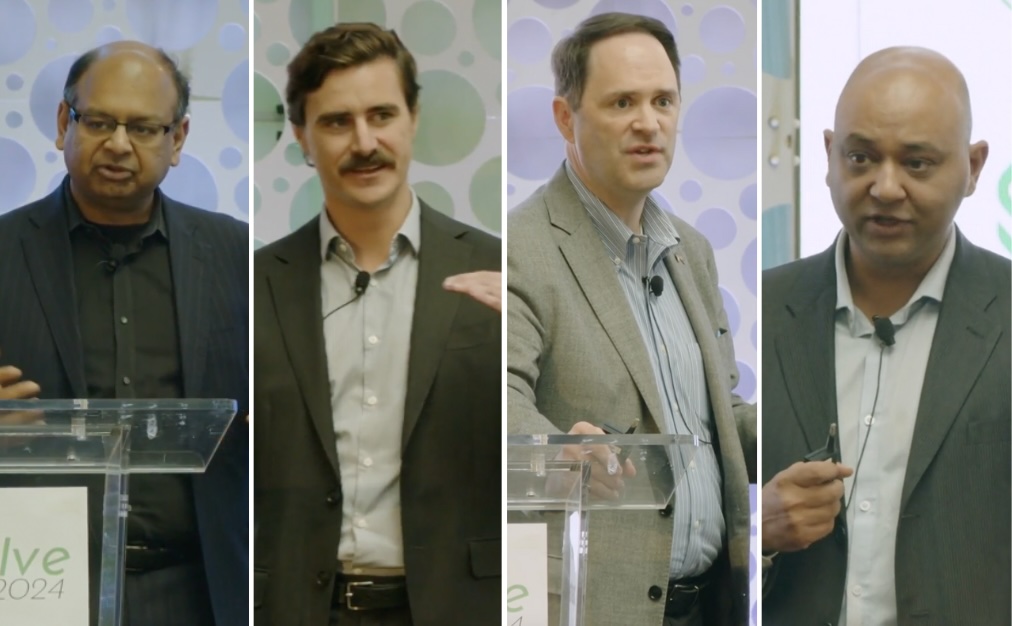
This is a recap of a session from AiDASH Evolve 2024
Summary:
- Utilities must balance technology interventions with strategic, long-term planning to ensure effective vegetation management.
- Climate resilience needs a strategic approach, which involves educating stakeholders and leveraging technology, including satellites, AI, and data-driven predictive modeling.
- Transformative change requires a balanced, global approach that includes bringing AI analytics into operations control centers as well as recognizing the importance of real-time data management, integration, and governance.
Climate-resilient infrastructure is a must, but how do you get there from here?
During a session at AiDASH Evolve 2024, 4 industry leaders explored their innovative approaches to building climate resilience:
- Arun Mani, Principal, Deal Advisory and Strategy, KPMG LLC
- Angus McPherson, Global Solution Architect – Power & Grid, Schneider Electric
- John Alford, Management Consulting Senior Manager, Accenture
- Sachin Gupta, VP Digital Solutions, TRC Companies
Each discussed their respective company’s work with AiDASH to enable the system transformation needed to create a more sustainable and adaptable future.
KPMG LLC: Strategize, educate, and take a data-driven approach.
As one of the big 4 accounting advisory firms, KMPG works with companies on growth and operational strategies. The company’s Principal for Deal Advisory and Strategy, Arun Mani, shared with Evolve attendees how KMPG is working with clients and AiDASH on ways to apply technology to boost climate resilience — specifically addressing wildfire risk.
“It doesn’t matter where you’re looking, there’s going to be some kind of natural disaster that’s waiting to happen,” he explained. “And this is where technologies like AiDASH come in.”
He shared 3 ways KPMG works towards climate resilience:
1. Make climate risk management strategic: Proactively identify at-risk assets, including specific transmission and distribution lines, and substations, that need to be hardened and made resilient. KPMG has partnered with AiDASH to provide U.S. utilities with robust climate risk strategies to protect assets and ensure reliability and resilience. KPMG combines top-line growth and operational efficiency, using AiDASH Climate Risk Intelligence System™ (CRIS™) to assess and mitigate climate risk, with a focus on wildfire risks.
“The level of depth, the rigor, and of course the richness of data that the platform is able to bring together is pretty powerful, and we’re very excited to be able to do some great things with that,” Mani said.
2. Educate stakeholders: In some jurisdictions, regulators already require utilities to file a climate resiliency plan, while other jurisdictions are working toward developing resiliency standards. As utilities respond to regulators, they should also be prepared to explain to various stakeholders what their climate resiliency plans are, especially at the asset level.
“There’s increasing recognition, not just at the management level, but at the board level, that climate risk is pretty real,” Mani said. However, he noted that you can’t just talk about it. You have to demonstrate what you’re doing with facts and data, which is where AiDASH plays a key role.
KPMG’s approach to addressing climate risk and increasing resiliency is to help utilities integrate enterprise risk management, investment planning, and emergency response. Several utilities nationwide are updating various standards to meet today’s elevated climate challenges.
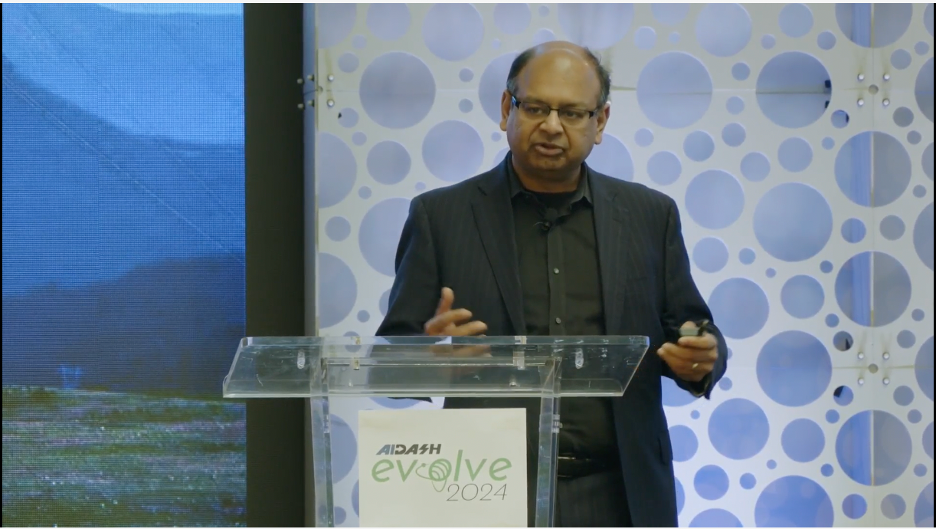
3. Use data-driven predictive modeling for wildfire events: KPMG’s experience helping various California utilities address wildfires, KPMG gained an insight into consequence modeling. The company recognized that an effective framework brings together all the data around the weather, vegetation, ignition, and equipment information and then predicts, from a topography perspective, the physical impact of that risk, should it occur.
With AiDASH’s integration of satellite, LIDAR, and utility data, KPMG helps clients transform their approach to predicting and quantifying wildfire impacts on infrastructure. This data-driven approach allows utilities to identify risks, plan investments, and communicate clearly with stakeholders about asset-level climate vulnerabilities — ensuring a proactive, unified climate risk management process.
Schneider Electric: Optimize design and preparation ahead of climate events
Angus McPherson, Schneider Electric Global Solution Architect for Power and Grid, spoke about how the uptick in fire and heat emergencies worldwide is driving change. And that change happens not just in utility operations, but also in the regulations that allow utilities to do what they need to do.
He identified 3 major climate resilience areas that Schneider Electric, a major provider of electrical equipment, is working on with AiDASH:
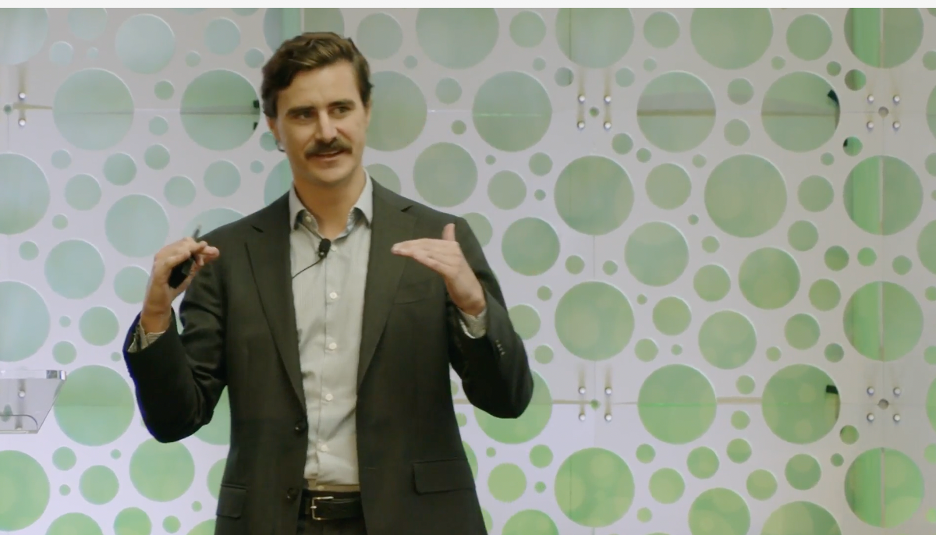
1. Operationalize AI for disaster resilience: Schneider Electric is working closely with AiDASH to incorporate predictive AI into elements of CRIS. Predicting the path of wildfire, storm, or flooding disasters allows utilities to build a proactive response strategy. Schneider Electric brings AI out of the control room and into all stages of these events. The company uses this approach for PG&E and has already seen significant impact, with a 90% reduction in wildfire risk and a substantial decrease in operator hours.
2. Integrate and manage data in real time: By integrating GIS, Asset Performance Management (APM), and ADMS systems with AiDASH’s platform, Schneider Electric improves data and asset management for utilities. This action ensures AiDASH models are continuously updated, allowing for timely, data-driven decisions that enhance grid resiliency and asset health.
McPherson explained that data isn’t just going into a Secure File Transfer Protocol (SFTP) file somewhere and sitting there unused for 3 months before you go retrain the model. “It’s all happening in real time,” he said.
3. Ensure lifecycle asset management: Whatever the data source — satellite imagery, LiDAR, sensors in transformers, ERP system, and so on — Schneider Electric works to leverage all available data to provide global health indices and global asset management analytics.
McPherson explained that they’re helping “provide asset analytics across all asset types from across all data sources,” optimizing and informing the design and preparation well in advance of these events.
Accenture: Aim for holistic, transformational change
John Alford, Management Consulting Senior Manager for Accenture, examined how utilities are addressing today’s vegetation management challenges and shared insights he gained from leading several pilot solutions. He also laid out questions utilities can ask to gauge their readiness for transformation.
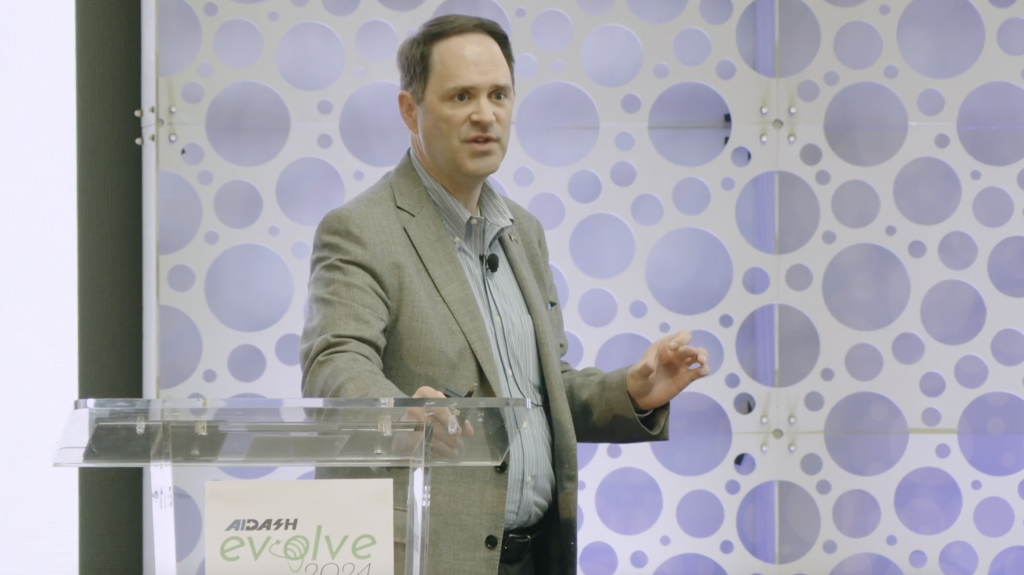
1. Vegetation management is the nexus of many utility reliability challenges: As such, it should be a strategic priority. Whether mitigating weather risks; managing data, crews, and contractors; or working within budget constraints, veg management challenges are steep. But there are opportunities for technological interventions.
“There is no magic [technology] bullet,” Alford said. “What we found is it’s really a mix of methods that really move the needle in a utility, so we really have to think strategically about — what appetite does the utility have for making a change?”
2. Leverage benefits of satellite imagery and AI technology: Satellite imagery, combined with AI, provides a cost-effective and efficient approach to identifying and mitigating vegetation threats. Alford noted that satellite imagery is 3 to 5 times faster than LiDAR imagery. It’s also cheaper than LiDAR, and much faster to process.
“There are quite a few use cases that we can get out of using satellite data,” said Alford. “We’ve been favorably impressed with what we’ve seen at a number of our clients when we’ve done pilots.”
These technologies enable utilities to plan more proactively, with satellite data offering broad coverage, faster processing, and predictive capabilities that outpace methods like LIDAR.
3. Transformative change requires a balanced, global approach: Accenture emphasizes a balanced approach across scope, sourcing, efficiency, and work management. By integrating these components and leveraging insights from global clients, Accenture aims to help utilities implement holistic, transformational programs rather than relying on isolated pilot projects.
But it all starts with utilities thinking about short- and long-term goals and putting effective technology and processes in place, explained Alford. “Do we have the chance to make that successful? I’m always curious when I talk to people: What is the biggest obstacle to making transformational change?”
TRC Companies: Create a digital organization.
Sachin Gupta, VP of Digital Solutions for TRC Companies, shared how several years ago, this global consulting, engineering, and construction management firm recognized the need to create a digital organization. TRC focused on internal processes but also thought about approaches they could take to help their utility partners externally.
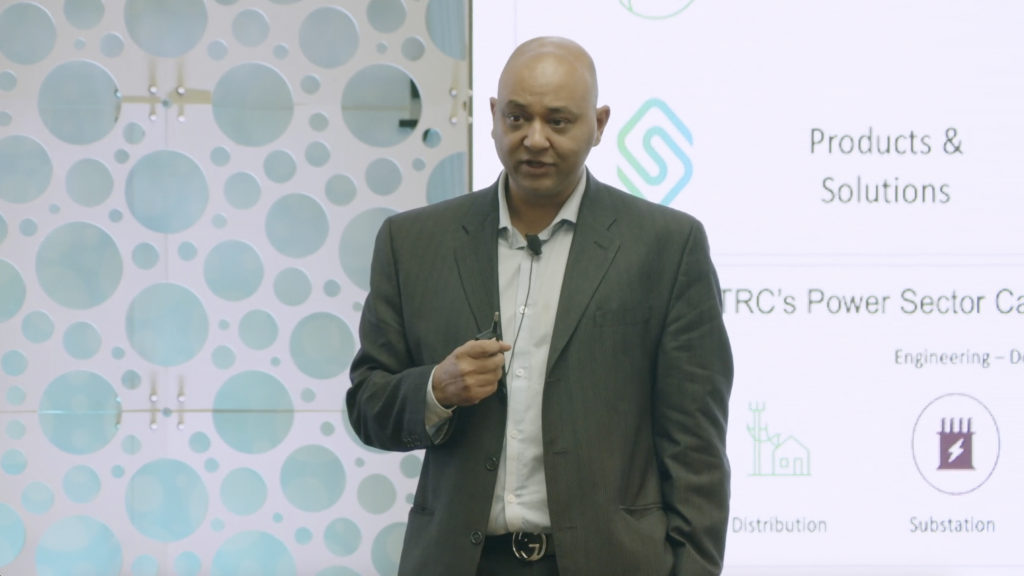
1. Transition to digital utility services: Although they have traditionally focused on engineering and field services, TRC recognized that in order to stay relevant with utility clients, they needed to embrace digital transformation. By building a digital team (and significantly expanding it in recent years), TRC now offers digital strategy, management consulting, and technology integration to help utilities modernize and adapt to a more interconnected, IoT-driven environment.
2. Focus on climate risk and resilience: TRC is deeply involved in helping utilities assess vulnerabilities to climate change, such as flooding, wildfires, and extreme temperatures. Through risk and resilience assessments, TRC supports utilities in understanding potential climate impacts on infrastructure and in implementing measures to mitigate and adapt to these risks.
Gupta noted that while most people acknowledge climate change, there is a group that does not think climate change is happening. “We need to kind of bridge that gap and bring those things together,” he said. Frequency and intensity of climate events offers proof points. “When you have 3 thousand-year floods that happen 3 years in a row, it’s not a thousand-year flood anymore. It’s just something that has become part of the norm,” he said.
3. Recognize the importance of data integration and governance: With AI and machine learning playing a growing role in situational awareness and vegetation management, effective data governance is essential. TRC emphasizes the importance of consolidated, accurate data — particularly in areas like GIS and satellite imagery — to maximize efficiencies across various utility functions. They advocate for strong data management practices to ensure that utilities can leverage data consistently and cost-effectively across departments.
Transitioning systems from vulnerability to resiliency is a must in this time of mounting and intensifying climate-driven events. Industry leaders are increasingly innovating with AiDASH to help utilities build climate resilience and create a more sustainable future.
Check out more sessions and information from Evolve 2024, and reach out to see the AiDASH Platform in action!
The best collection of tools, tips, guides, and industry stories – straight to your inbox.
Subscribe to our newsletter
